(141032 products available)


















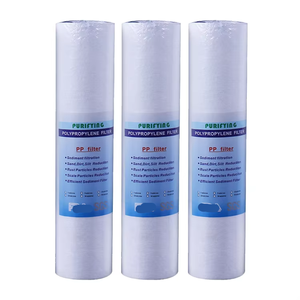









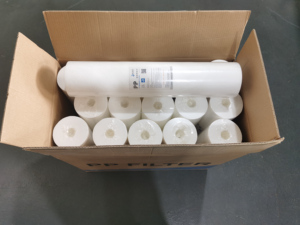
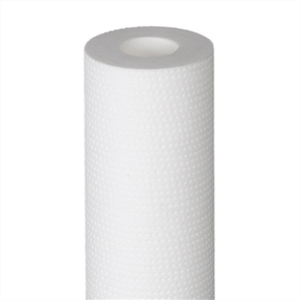
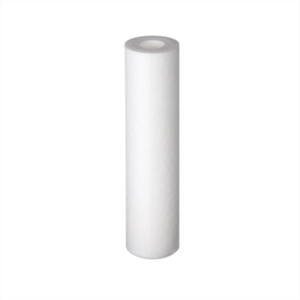






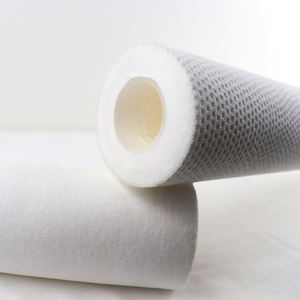
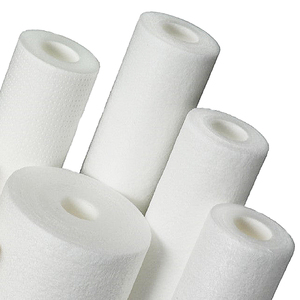











































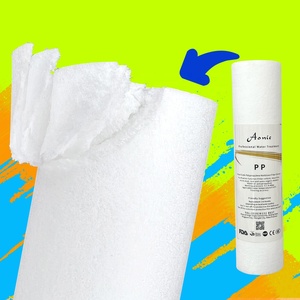









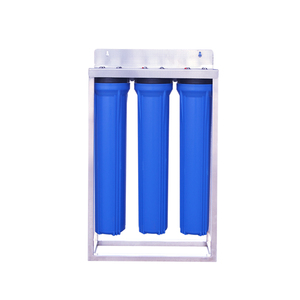

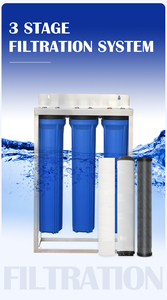























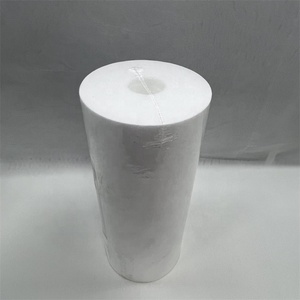
















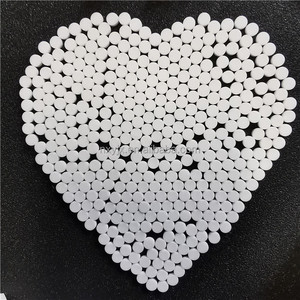






















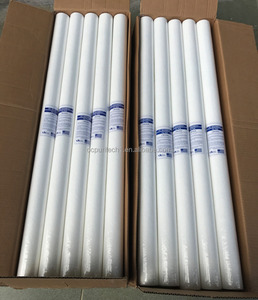

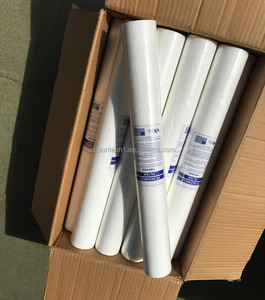






























Filter PPs are available based on usage surroundings, manufacturing method, and overall design. Here's an overview.
Based on usage surrounding
Industrial Filters are large, high-capacity filters designed for commercial or industrial-scale use. They are typically used in factories, manufacturing facilities, or other large-scale operations where high volumes of liquids must be filtered continuously or regularly. These are not a suitable option for businesses that work with small batch sizes.
Food-grade filters are designed to meet the strict regulatory requirements of the food and beverage industry. They are manufactured using materials and processes approved for use in food applications, ensuring they do not introduce contaminants or substances harmful to food safety. Filters designed to meet the regulatory requirements of the pharmaceutical industry are manufactured to standards that prevent any risk of contamination or compromise to drug quality. Filters used in healthcare settings must meet strict criteria for filtration efficiency and integrity to ensure they effectively remove pathogens, bacteria, and other harmful contaminants.
Laboratory filters are used in laboratory settings for scientific research, testing, and analysis. They are designed to provide precise and reliable filtration to ensure the accuracy of experiments and the integrity of laboratory samples. A vacuum cleaner filter is a component of a vacuum cleaner system designed to remove dust, particles, and allergens from the air as part of the vacuuming process. It prevents these contaminants from being released back into the room air during cleaning. The air conditioning filter is used to remove airborne particles, including dust, pet hair, pollen, mold spores, and other microbial contaminants, from the air circulating within an HVAC system.
Based on manufacturing method
The spunbond filter is made by spinning long filaments and bonding them together in a random pattern to create a strong, durable fabric. This process results in a fabric with a high surface area suitable for efficiently capturing particles, including microplastics, bacteria, and other unwanted contaminants, when water passes through it.
Woven filters are made by interlacing threads, typically made from synthetic materials, to create a mesh-like fabric. The weaving process creates a fabric with larger openings than other filter types, allowing for faster liquid passage while still capturing particles.
Based on overall look
Flat filters are two-dimensional filtration devices commonly made from paper, fabric, or synthetic materials. They are designed to capture contaminants, particles, and unwanted substances from various liquids. These materials can easily absorb liquids, leading to higher filtration and minimal product waste.
Cartridge filters are cylindrical or round filtration devices with an open bottom and top. They are often housed within a cartridge or container, designed for easy replacement and maintenance. HEPA refers to a high-efficiency particulate air filter that must satisfy particular criteria established by the Institute of Environmental Sciences and Technology (IEST). To qualify as a HEPA filter, it must remove at least 99.97% of particles that are 0.3 microns in size. The acronym PP represents polypropylene, a thermoplastic widely used in various applications, including manufacturing filters.
PP filters have various specifications. The micron rating shows the filter's ability to capture particles of different sizes. As previously mentioned, PP filters can range from 1-micron to 5-micron, with some filters even having a 0.45-micron rating. The filter area is the total space the filter offers to catch particles and contaminants. A larger filtration area means the filter can process more liquid at once. Filter length and diameter, that is, the size of cylindrical filters, affect how much liquid the filter can handle. Bigger filters are better for high-demand situations but take up more space. Small, cartridge-shaped filters are more suitable for home use.
PP straw filters are different because they are portable and allow people to filter unsafe drinking water into safe drinking water.
Usually, cleaning a filter is desirable to improve the filtration system's efficiency and ensure the water is safe for consumption. However, for PP filters, rinsing is not advisable because they contain contaminants trapped within them, and rinsing may dislodge harmful contaminants. The only way to dispose of PP filters is after they're saturated with contaminants.
It is essential to replace PP filters regularly, according to the manufacturer's instructions, to ensure safety in water consumption.
For MEMs, it is generally okay to clean and reuse them, as they are not disposable like PP filters. However, always check manufacturer's instructions and guidelines before following a specific cleaning method. For MEMs, periodic cleaning is crucial to maintaining optimal airflow within AC systems. The frequency of cleaning may depend on usage, but monthly cleaning is usually recommended. A soft brush should be used to remove any particles or contaminants on the membrane.
Folding filter paper is often used in coffee making. It is possible to reuse it several times after washing it, but it is always better when it is fresh. The more it is used, the more likely it is to affect the taste of the coffee.
Plastic filter housings will usually become cloudy over time as they trap dust, grime, and other contaminants. Any plastic housing can be cleaned with a solution of citric acid, phosphoric acid, or calcium chloride to remove the cloudiness and restore clarity.
PP filters are utilized across a wide range of sectors.
The following tips will help business buyers who need to choose the PP filter for stock.
Determine the source water quality
Business buyers should first know the kind of impurities present in the water they intend to filter. Analyze the size, shape, and nature of the impurities. Then, match these requirements to the specifications of the PP filter. Ensure that the filter can effectively remove the target impurities.
Consider the flow rate and pressure drop
Application systems need specific flow rates to function optimally. Calculate the required flow rate and permissible pressure drop for the respective systems. Choose PP filters that meet these requirements to avoid disrupting normal operations.
Check filter compatibility
Select PP filters compatible with filter housings. Ensure a proper fit and avoid any bypass or leakage. If there's already a housing in use, check the manufacturer's specifications to choose a compatible filter.
Evaluate filter lifespan
Consider the anticipated water volume and usage frequency. Choose a PP filter with a lifespan that aligns with usage patterns. This helps to avoid frequent replacement and maintenance efforts. Also, consider the cost-effectiveness of the filter.
Choose reputable suppliers
Select reliable filter suppliers with a good track record. Research supplier reputation, reviews, and customer feedback. Consider suppliers that offer technical support and responsive customer service. This ensures exceptional product performance and smooth buying experience.
Q1: What is the usefulness of filter pp in chemical industries?
A1: The PP filters are extremely useful in the chemical industry because they allow the passage of chemicals while retaining other unwanted particles.
Q2: What are some challenges with using PP filters?
A2: One challenge with PP filters is that they can become clogged over time, leading to decreased flow rates. Another challenge is selecting the right filter pore size for the application.
Q3: Can PP filters be used for all types of liquids?
A3: No, PP filters are not suitable for all types of liquids. They are typically used for water and other low-viscosity liquids. High-viscosity liquids may require different types of filters.
Q4: Is it worth spending on the pp filter after all the filtration processes?
A4: It's better to spend on a pp filter and conduct a final filtration process than to spend on a costly contamination fallout.